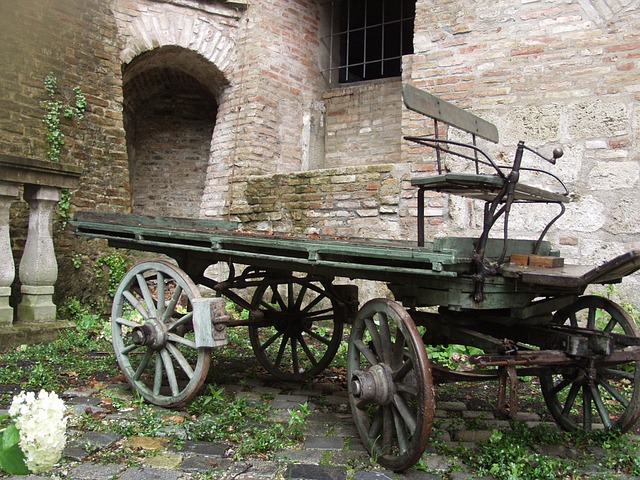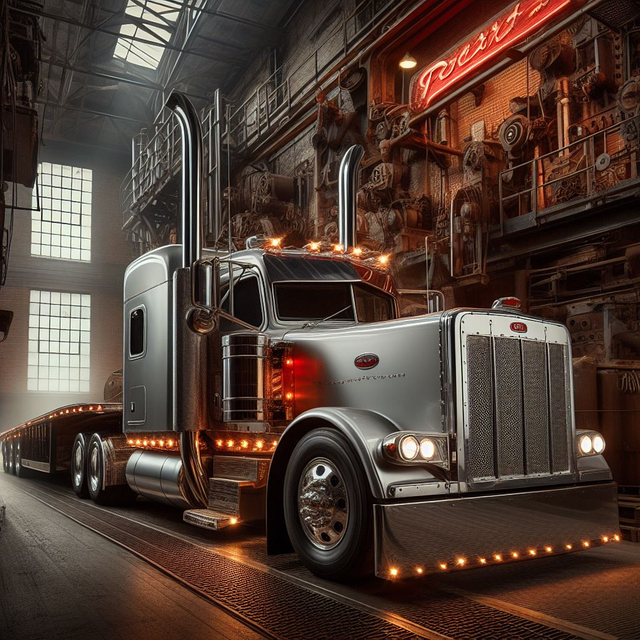Truck driving is a backbone of modern commerce, but its roots trace back far before the roar of diesel engines ever filled the air. The history of truck driving is a story of technological innovation, economic evolution, and the enduring human spirit that keeps supply chains moving across vast distances.
The origins of truck driving begin in the late 19th and early 20th centuries. Before trucks, goods were primarily transported by horse-drawn wagons, railways, and ships. These methods were reliable but limited in flexibility and range. Railroads, in particular, were powerful but could only move goods between major hubs. There was a need for a more versatile form of overland transportation.

Enter the internal combustion engine. By the early 1900s, engineers began experimenting with motorized freight vehicles. In 1896, German inventor Gottlieb Daimler created what is widely regarded as the first motor truck—a modified horseless carriage designed to carry cargo. Around the same time, the United States saw the rise of early commercial trucks built by companies like Mack Trucks, which was founded in 1900.
These early trucks were primitive by today’s standards: solid rubber tires, low horsepower, and limited cargo capacity. Roads, too, were a challenge. Most were unpaved and poorly maintained, making long-distance hauling difficult. Still, trucks offered a new kind of freedom. They weren’t confined to train tracks and could deliver goods directly to where they were needed.
The real boom in truck driving came after World War I. The military had used trucks extensively during the war, proving their value in transporting troops and supplies. After the war, many of these trucks were sold to civilians, and ex-soldiers with driving experience entered the workforce. At the same time, the U.S. government began investing more in road infrastructure, including the creation of the Federal Highway System in the 1920s.
By the 1930s, the trucking industry had grown significantly. The first laws regulating hours of service were introduced, and the rise of refrigerated trucks opened the door for transporting perishable goods over long distances. The industry kept expanding through the decades, with diesel engines becoming the standard in the 1950s, providing more power and efficiency.
Perhaps the biggest game-changer came in 1956 with the Federal-Aid Highway Act, which created the Interstate Highway System. This massive infrastructure project made it easier and faster to move goods across the country and cemented truck driving as a key element of American commerce.

Today, truck driving is a complex, high-tech industry, but it remains rooted in the same principles: the need to move goods efficiently, reliably, and safely. Modern trucks feature GPS, digital logbooks, and advanced safety systems, but the spirit of the early drivers—resilient, independent, and essential—lives on.
As we look to the future with electric trucks and autonomous driving technologies on the horizon, it’s worth remembering how far we’ve come—from rutted dirt paths and steam engines to a national network of drivers powering the economy from behind the wheel.
